In the intersection of art, engineering, and biology, a fascinating new discipline is emerging: programmable origami insects. These dynamic sculptures, inspired by the intricate movements of real insects, blend the ancient art of paper folding with modern robotics and computational design. The result is a mesmerizing fusion of mechanical precision and organic fluidity, offering a glimpse into the future of biomimetic technology.
The concept of mechanical origami is not entirely new, but recent advancements in materials science and micro-engineering have pushed the boundaries of what’s possible. Researchers and artists alike are now crafting tiny, self-folding structures that mimic the locomotion of beetles, butterflies, and even dragonflies. These creations are more than just aesthetic marvels—they represent a leap forward in soft robotics, where flexibility and adaptability are paramount.
At the heart of these programmable origami insects lies a delicate balance between simplicity and complexity. Traditional origami relies on precise folds to transform a flat sheet into a three-dimensional shape. By embedding thin, flexible actuators or shape-memory alloys, designers can now automate this process, enabling the sculptures to move with lifelike grace. Some prototypes even incorporate sensors and microcontrollers, allowing them to respond to environmental stimuli like light or temperature.
One of the most striking aspects of these creations is their ability to replicate the biomechanics of real insects. For example, a robotic origami butterfly might flap its wings using a combination of hinged folds and pneumatic pressure, while a mechanical ant could scuttle across a surface with undulating leg movements. These motions are not just visually impressive—they also provide valuable insights into how natural organisms achieve efficiency and resilience in their movements.
The applications of this technology extend far beyond art installations. In fields like medical robotics, researchers are exploring how tiny, foldable devices could navigate the human body for minimally invasive surgeries. Similarly, in disaster response, deployable origami robots could squeeze through tight spaces to locate survivors or assess structural damage. The lightweight and compact nature of these designs makes them ideal for scenarios where traditional robots would be too bulky or inflexible.
Despite their potential, programmable origami insects also pose significant challenges. Ensuring durability in delicate paper-thin materials, perfecting the timing of self-folding sequences, and scaling down power sources for autonomous operation are just a few of the hurdles designers face. Yet, with each breakthrough, the line between organic and artificial movement grows increasingly blurred.
For now, these mechanical marvels serve as a testament to human ingenuity and our enduring fascination with the natural world. Whether as tools for innovation or objects of wonder, programmable origami insects are redefining what it means to blend art and science. As the field evolves, one thing is certain: the future of robotics will be anything but rigid.

By /Jul 23, 2025

By /Jul 23, 2025
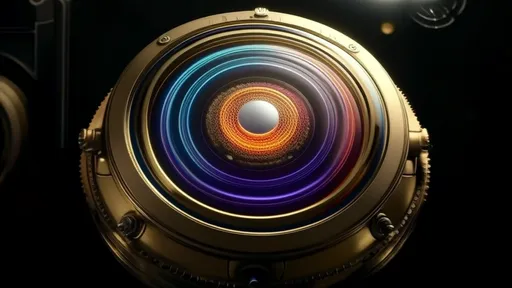
By /Jul 23, 2025

By /Jul 23, 2025

By /Jul 23, 2025

By /Jul 23, 2025

By /Jul 23, 2025

By /Jul 23, 2025

By /Jul 23, 2025

By /Jul 23, 2025
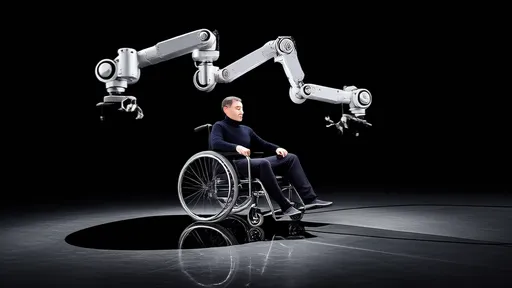
By /Jul 23, 2025
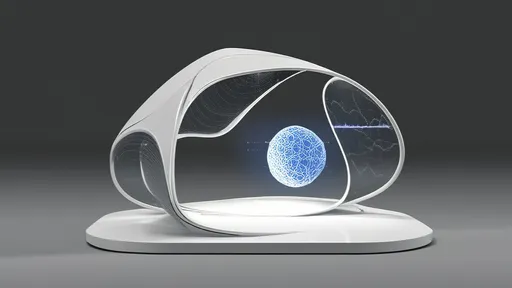
By /Jul 23, 2025

By /Jul 23, 2025
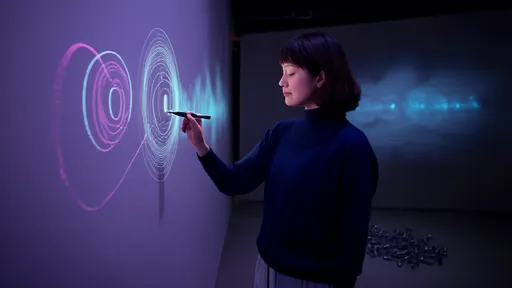
By /Jul 23, 2025

By /Jul 23, 2025

By /Jul 23, 2025
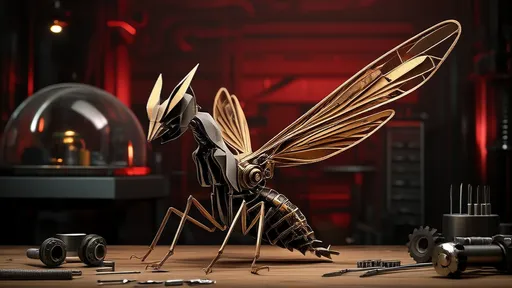
By /Jul 23, 2025

By /Jul 23, 2025